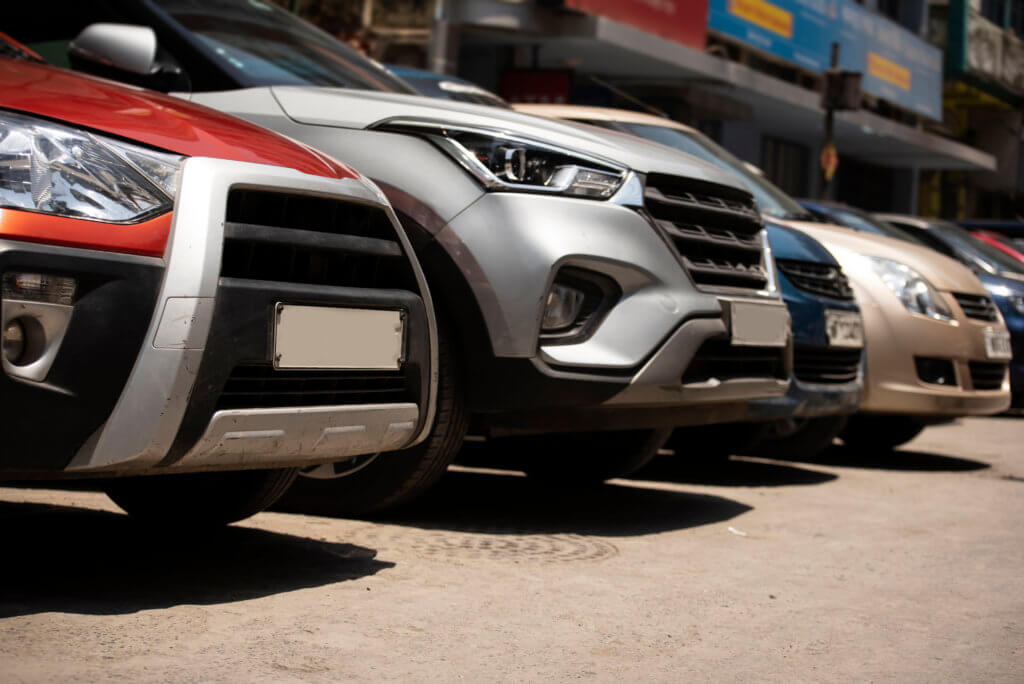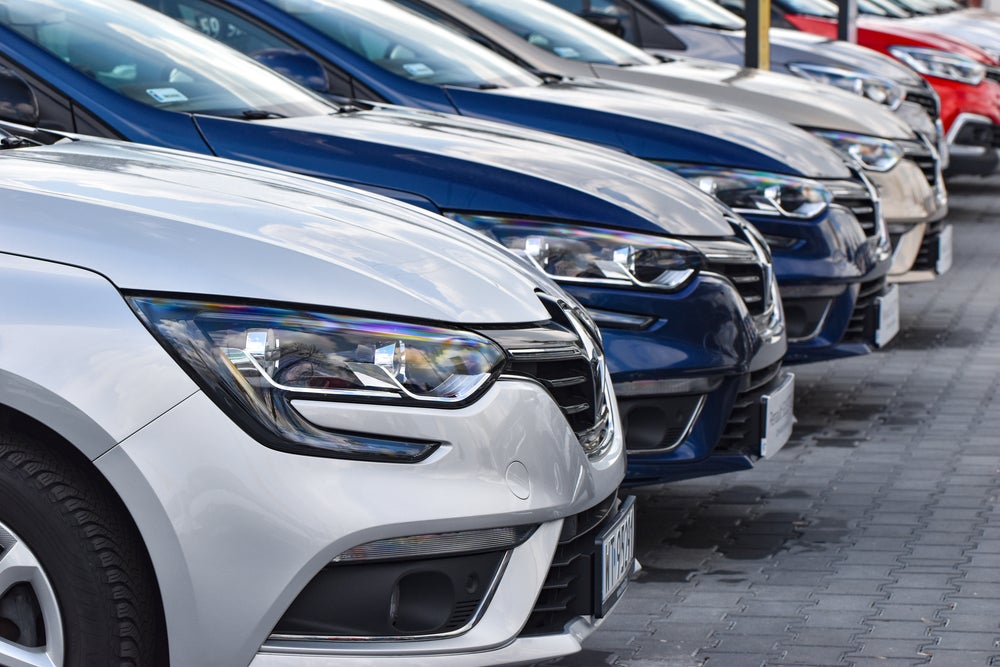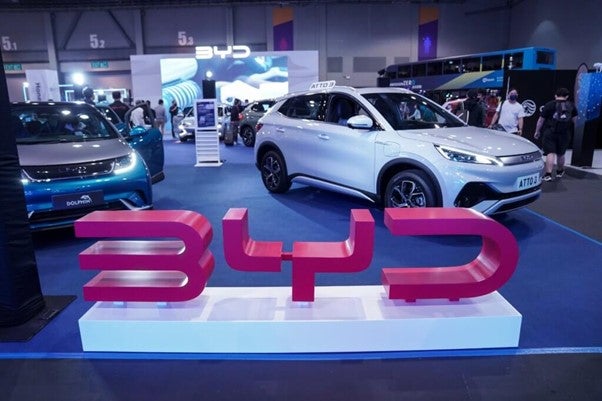Seat spent the first 40 years of its history churning out badge-engineered Fiats, and the next 20 trying to find its place in the Volkswagen Group. But finally, the Spanish brand is finding its identity – and at a time when it’s hip to be Hispanic. Mark Bursa reports.
If you’re a sports fan, it’s a good time to be Spanish. The national football team swept all aside in this summer’s Euro 2008 Football tournament. Tennis ace Rafael Nadal has beaten the seemingly invincible Roger Federer in two Grand Slam finals. And cyclist Carlos Sastre became the third Spaniard in a row to win the gruelling Tour de France.
Could a little of this Hispanic feelgood factor be rubbing off on Seat, Spain’s national car brand? It looks that way – finally, after 60 years as a somewhat forgotten outpost of the Fiat and Volkswagen empires, Seat is building an identity and something of a global presence. And after years of losses, Seat posted a modest profit for 2007. And while the credit crunch might put Seat back into the red for 2008, the long-term forecast looks good.
Earlier this year, Seat chairman Erich Schmitt outlined a 10-year strategic plan for the company: “Our strategy aims at selling more than 800,000 cars per year, gaining a return on investment of 15 percent, gaining leadership in design and quality in our model segments and becoming Spain’s most attractive employer.”
These are big ambitions – last year Seat built just over half that target figure – 413,000 cars. To get there, Seat’s management has finally decided to widen Seat’s sales footprint beyond its traditional narrow horizons of “Southern Europe”. Carlos Romani, institutional relations manager for Seat, said the company needed to “grow towards markets with possibilities, such as Latin America”.
How well do you really know your competitors?
Access the most comprehensive Company Profiles on the market, powered by GlobalData. Save hours of research. Gain competitive edge.

Thank you!
Your download email will arrive shortly
Not ready to buy yet? Download a free sample
We are confident about the unique quality of our Company Profiles. However, we want you to make the most beneficial decision for your business, so we offer a free sample that you can download by submitting the below form
By GlobalDataVolkswagen Group chairman Martin Winterkorn further added that Seat was targeting expansion in Brazil, Argentina and Mexico, as well as China and India, and could decide to manufacture in some of those markets this year. Schmitt has gone further, suggesting Latin American manufacturing is a done deal. “We know this is a car manufacturing area. We need to make a decision on where to manufacture: Argentina, Brazil or Mexico,” Schmitt has said. Makes sense – an overtly ‘Hispanic’ brand should play well in Hispanic markets, after all.
And making Seats in any of these countries – or, for that matter, China and India – is relatively simple. Seat cars are all built on VW platforms – indeed, the new Ibiza recently unveiled is the first car to be built on the new VW supermini platform that will provide the basis for the next VW Polo. VW’s big plants in Mexico or Brazil could easily add Seat models.
So why now? VW’s global strategy has centred around Volkswagen, Audi and, increasingly, Skoda. But not Seat, even though going global has had its advocates – director Francisco Javier Garcia has been critical of Seat management for not having the courage to push Seat’s case. But Seat’s ventures outside Europe have had mixed fortunes. Cars were sold in Australia from 1995, but Seat pulled out in 1999. A plan to enter Canada came to nothing. There have been some success – several thousand Seats are sold in Mexico every year, and there are some Middle Eastern and Asian sales.
But maybe Seat has got the timing right. Maybe only now is it ready to take such a step. Consider the company’s history. Formed after World War 2, Seat’s first four decades were spent building Fiat designs under licence. Post-war Spain was mobilised in fleets of Seat 600 minicars – the model ran in production from 1957 to 1973, and 800,000 were built. But the ‘economic miracles’ in Spain and Italy were derailed in the 1970s, and by 1982 Fiat had pulled out of the company, unable or unwilling to plough further funds in to the company.
By 1986, the expansionist Volkswagen group, under the stewardship of Dr Carl Hahn, moved in, taking 100% control in 1990. But despite the early promise of cars such as the Toledo of 1991, and despite a massive, modern new plant at Martorell, Seat lost its way in the late 1990s. It lost its ‘Spanishness’ too, as cars were built at VW plants in Germany, Belgium, Portugal and Slovakia. Cars such as Arosa and Alhambra were badge-engineered VWs, an echo of Seat’s Italian-affiliated past. In 2002 alone, sales fell 15%. Profits tumbled into the red, and there was even talk of the brand being axed.
But recently, fortunes have improved. The brand has been given greater focus as a sporty brand, rather than a budget brand with Mediterranean appeal. The policy of producing cars at VW group plants has been abandoned – production is now concentrated at Martorell for all models bar the Alhambra, which is built at VW’s Palmela plant in Portugal. So while all Seats aren’t quite Spanish, they’re all now built on the Iberian Peninsula. Carlos Romani said Seat was now “a comprehensive brand that designs, develops and produces its own products”.
Most importantly perhaps, Seat’s car designs have improved, with first Walter da Silva and now Luc Donkerwolke adding distinctive flair and distinctive lines to the designs. There have been some clunkers – the Altea compact MPV and the most recent Toledo are no lookers – but under Donkerwolke, Seat styling is winning praise.
Motoring media in Seat-free markets look on with envy at the “funky” cars that Donkerwolke is penning, starting with the new Ibiza. Formerly in charge of design at Lamborghini, Donkerwolke has drawn inspiration from the few original designs in SEAT’s pre-VW history – including the original 1984 ‘System Porsche’ Ibiza and the 1200S Bocanegra coupe that was built from 1974-1980.
“This is one of few design icons in SEAT’s past, as we have a history of building Fiats under licence,” he said. “When I started working on the Ibiza two-and-a-half years ago I came across the original Ibiza of 1984 – but then I came across the Bocanegra, a car that had the same clean design of the Ibiza, but a car that nobody knows.”
From these small acorns, he believes a distinctive design language is emerging. Models in the works include a new coupe that will become a flagship for the brand. “I think a coupe fits the brand,” he said, admitting he would be “very tempted” to revive the Bocanegra name on this car.
More immediate is the Exeo, a new large sedan for SEAT –more up-market than Toledo and based on the previous-generation Audi A4 platform – “elegant and refined”, Donckerwolke said, adding: “I don’t like to make clones of cars – so you won’t see the same designs being scaled up or down. Every model will have its own identity.”
If Winterkorn is to be believed, Donkerwolke will have his work cut out. The VW chairman talks of expanding the Seat range by “40 models” by 2018 – though quite what constitutes a new model is unclear. But we know some of the plans – a replacement for the VW Sharan-based Alhambra MPV is coming, the Tribu small SUV concept is likely to become reality, and Seat will get a version of the VW Up! city car after 2010. R&D spending in 2007 was €500m, 25 percent up on 2006. A 2008 figure isn’t known, but it’s expected to show a further rise.
In the meantime, Seat is building a good foundation for this growth through an excellent, joined-up communications approach. Its ‘Auto Emocion’ advertising catchphrase has extremely high recognition among customers, said Peter Wyhinny, head of Seat’s UK operations. Like Audi’s famous ‘Vorsprung Durch Technik’ tagline, it couples the manufacturer’s local language with an unmistakeable message – Audi is about German technology; Seat is about Spanish passion. And its simple but effective advertising proves that the pan-European campaigns can work.
With VW committing to build a new plant in the US, it’s not beyond the bounds of possibilities for Seat to be launched in the US – again, a country with a huge, untapped Hispanic population. “Whoever says Seat doesn’t have a future is wrong,” Winterkorn told the VW shareholders’ meeting earlier this year. Within this understated double-negative might just lie one of the big success stories of the next decade.
Mark Bursa







